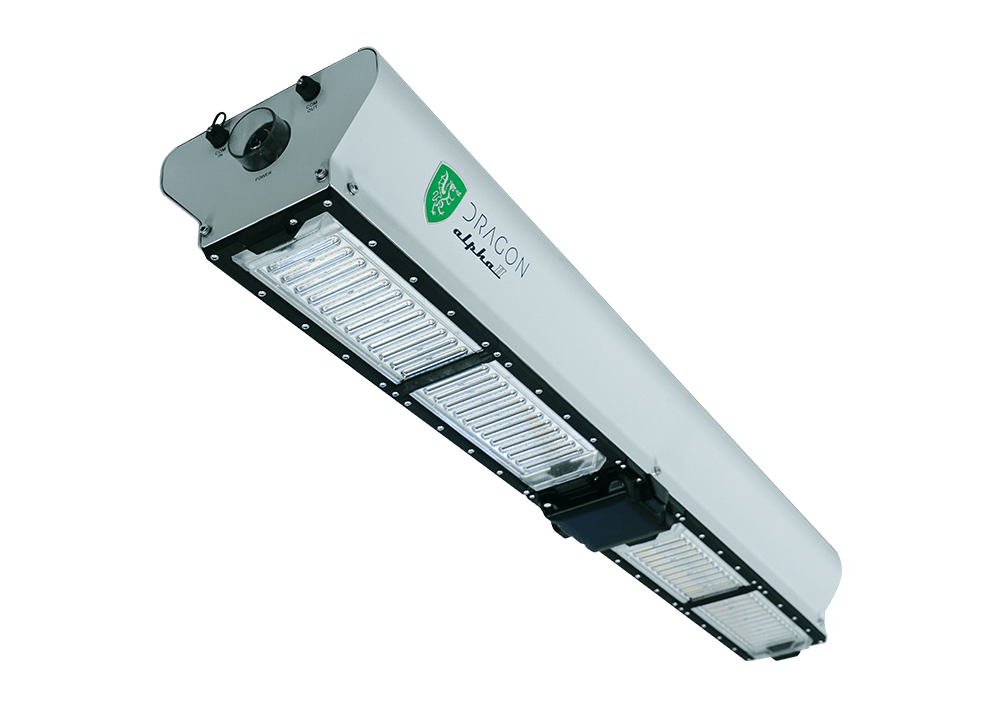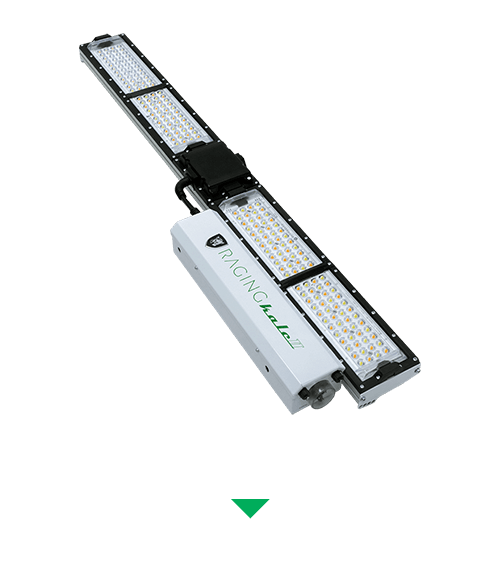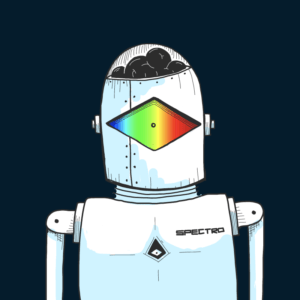Everyone already knows plants can’t thrive without sunshine. They develop best when exposed to their required amount of sunlight throughout the day to support the growth cycle. By integrating greenhouse grow lights into your system, plants will grow quicker and stronger, resulting in a shorter harvest cycle and a higher quality yield






